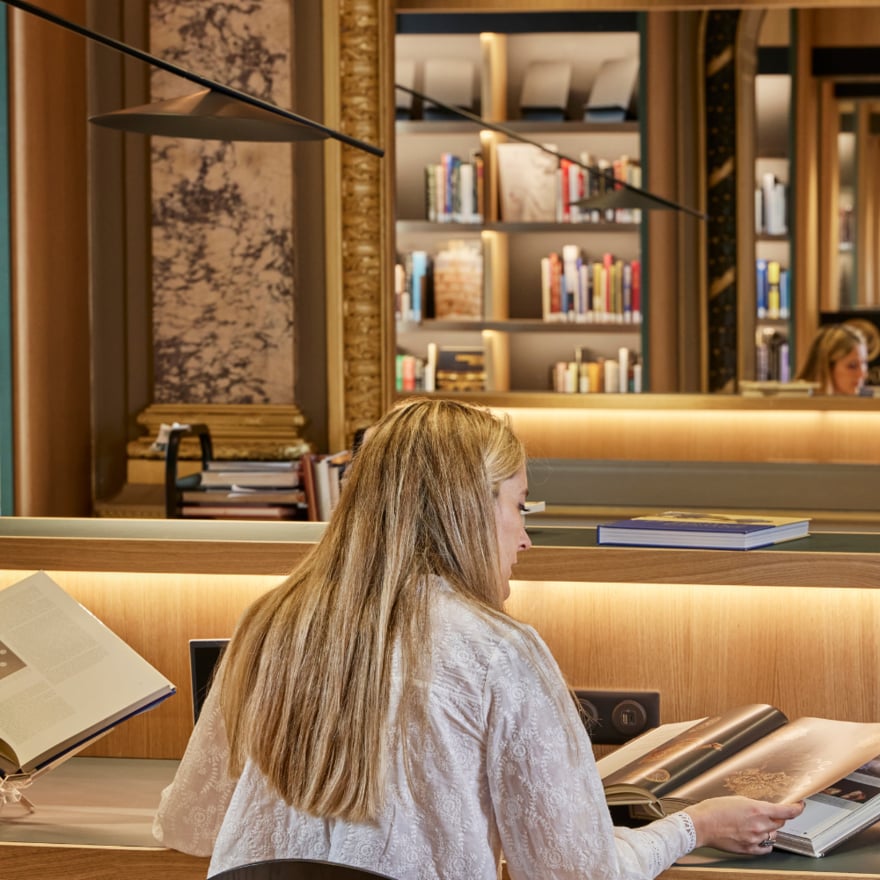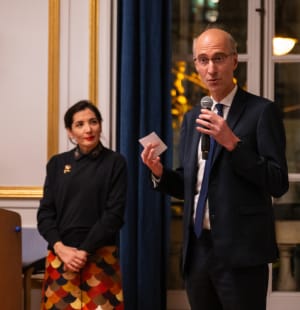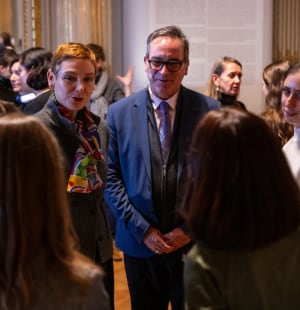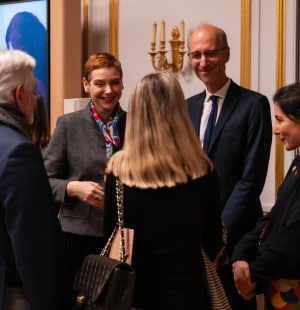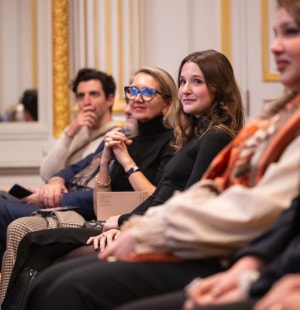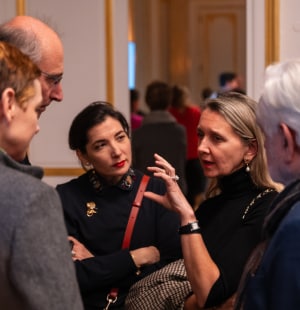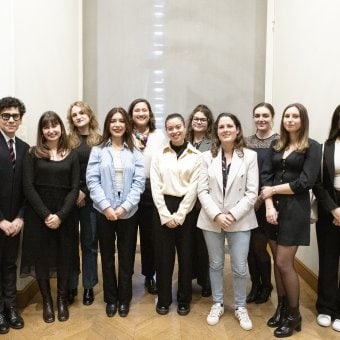What brought you to this field of study?
I had initially considered working on neo-medieval, precious objects, but as I pursued my research, I was surprised to find that jewelry, although essential in the imagination of that period, had been much less studied. I was fascinated by this fact, especially since the 19th century practically marked the birth of the main jewelry houses that would define the styles and know-how that are still admired today. Specializing in this period, I wanted to understand how these creations, at once luxurious and emblematic, reflect the enthusiasm for the Middle Ages (and its reception), while assimilating the economic, social, and cultural dynamics of their time. This theme, combining art, history, symbolism, and techniques, was the perfect way for me to marry my interests and my research.
What interests you about this area?
My passion for the 19th century, a time of “rediscovery” of the Middle Ages, has led me to explore an often-neglected field like jewelry, unlike literature and painting. As a student of art history, I particularly appreciate how jewelry allows us to go beyond art, despite its fascinating beauty, to explore broader dynamics, like economics, fashion, or society. Studying jewelry offers a unique opportunity to combine multidisciplinary approaches, highlighting their role at the heart of the cultural transformations of this period.
What is your favorite jewelry piece?
Princess Blanche’s Crown (c. 1370-1380), on display in the treasury of the Munich Residence, the former royal palace of the Wittelsbachs, where it has been preserved since 1782. My interest in Princess Blanche’s Crown stems from my admiration for decorative exuberance in jewelry in general. The opulence of the crown’s materials—gold, diamonds, rubies, emeralds, sapphires, enamel, and pearls—testifies to the remarkable craftsmanship of medieval times. Beyond its purely visual aspect, in my opinion, this crown has considerable historical significance. As one of the oldest English royal crowns, more than likely dating from 1370-1380, it is a privileged witness to the splendor and refinement of medieval European courts. It embodies both power and beauty, two inseparable attributes of royalty at that time.
